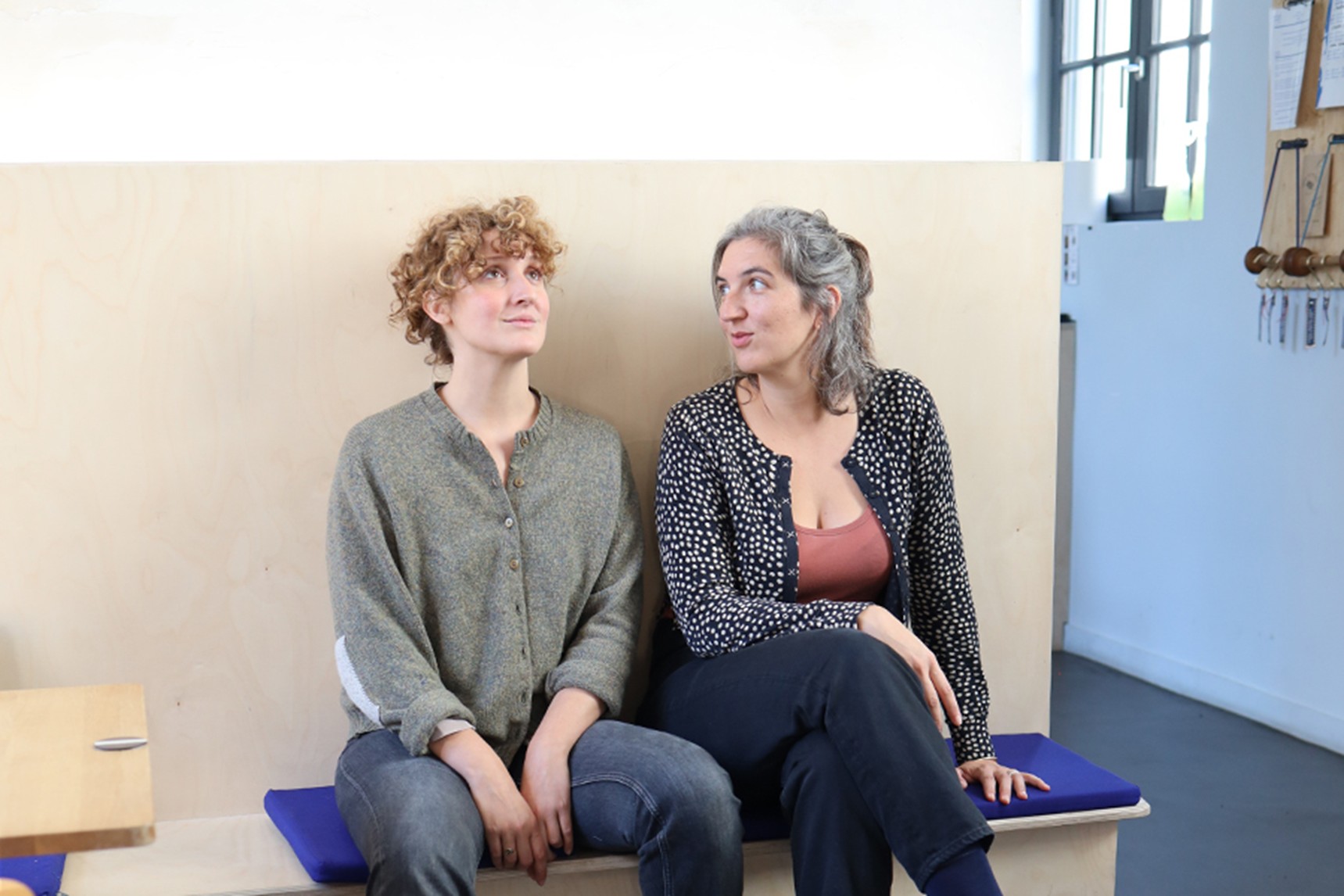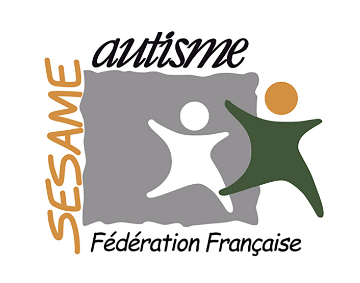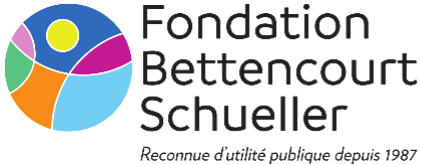Aurélia Martin & Mathilde Van Steenkiste
Architect and designer
September-October 2025

© Lucie Vidal
- Craft & Design
- Atlanta
“Supported by medical researchers and our local network of designers and academics, we will draw inspiration from Gee’s Bend Quilts assemblages, colors, and materials to design an educational textile tool for children with Autism Spectrum Disorder, enabling them to tell stories.“
We founded, in 2023, Les Grandes, an architecture and design studio specializing in issues related to disability and mental health, based in Paris. This studio was born from our desire to care for both occupants and spaces to foster a more inclusive society. We both specialize in eco-design and circular economy: Aurélia in design and Mathilde in architecture.
The studio emerged from our collaboration after the Transat residency, supported by Les Ateliers Médicis, focusing on the patient library in a psychiatric hospital. During this residency, we developed tools enabling patients to visualize and appropriate a common space.
Research and experimentation are important parts of our practice. We are the 2024 recipients of the Delano & Aldrich/ Emerson grant, which will allow us to explore different senior living arrangements in the USA.
For Villa Albertine, The Quilt and Care residency project aligns with our ongoing personal research: the development of communication tools in fabric for Aurélia and sensory-friendly space design for individuals with autism for Mathilde. This multidisciplinary project will combine healthcare research, textile design, and object design.
Aurélia Martin is a designer, scenographer and teacher based in Paris. She has participated in several residencies with Les Ateliers Médicis and the French Institute : Création en cours #3, Transat #2, Transat #3, Institut français de Goma RDC with a personal research project: “Speaking Fabric, Textile as a Communication Medium”
Mathilde Van Steenkiste is an architect based in Paris who specializes in the connection between the environment and autism as applied to architecture. She designed Notre Café, Marais in Paris, an innovative project which takes care of young people with autism. She primarily works with the nonprofit and medical-social sectors.
Quilt and Care is a research, meeting, and exchange project centered around two themes: textiles and autism.
Supported by medical researchers and our local network of designers and academics, we will draw inspiration from Gee’s Bend Quilts assemblages, colors, and materials to design an educational textile tool for children with Autism Spectrum Disorder, enabling them to tell stories.
Since the mid-19th century, African-American women, known as the weavers of Gee’s Bend, a small rural town in Alabama with 700 inhabitants, have been crafting quilts. The patterns are simple, geometric, asymmetrical, and feature bold color combinations. Initially using work clothes, food sacks, or fabric remnants, the women of Gee’s Bend, spanning up to four generations within the same family, pass down both craftsmanship and a rich history. This community stands out for preserving traditional skills and fostering mutual support. These quilts serve as witnesses to the life of the community, illustrating both significant moments in its collective history and more personal narratives.
The TEACCH method, developed in the 1970s by Eric Schopler in North Carolina, focuses on the connection between individuals with autism, their families, and medical caregivers in institutions. This program promotes social community integration and specialized education in regular environments.
We are particularly interested in the TEACCH method for this project as it enables the creation of communication aids to support autonomy and self-determination. Individuals with autism exhibit unique sensory processing characteristics. The visual and tactile systems are two of the seven highly developed sensory systems in individuals with Autism Spectrum Disorder (ASD). The significance of sensory experiences is undeniable; they play a crucial role in a child’s development, understanding the environment, communication, and judgment. This residency provides us with an opportunity to strengthen a network of practices on both sides of the ocean.
Vision and touch are the most heightened senses in individuals with autism. The assembly of fabrics in various colors and textures offers a non-verbal means of expression to tell a story or communicate during an activity.
Our research project focuses on two practices that originated in the USA: quilting and the TEACCH method. Specifically in the Villa Atlanta sector.
First, we will explore the community of Gee’s Bend Weavers in Boykin, Alabama which is currently a supportive community of women that has been able to produce and preserve textile works (Quilts) since the 19th century. The Quilts bear witness to the life of this community, illustrating both significant moments in its collective history and more personal narratives. The goal of this encounter is to discover the richness of Gee’s Bend Quilt textiles, the shapes, colors, and assemblies that tell unique stories.
Second, we’ll participate in Raymond’s workshops during a week in Mississippi, facilitated by the Gee’s Bend Weavers community to learn Quilt making. We intend to create an archive, a series of interviews with the women of Gee’s Bend, who will narrate the history behind the patterns.
In Atlanta and North Carolina, we have identified research locations for the autism and health dimension. In this section, we aim to understand the various innovations implemented by researchers, academics and designers. We aspire to create a recreational and educational textile tool inspired by Gee’s Bend Quilts, allowing children with Autism Spectrum Disorder (ASD) to have a medium for expression and emotion.
“We can see the struggle, joy, sadness, happiness, all these different emotions in these quilts.” – Loretta Pettway Bennett (1960-), Gee’s Bend Weaver.
In partnership with

Notre Café Paris, Le Marais

Fédération Française Sésame-Autisme

Fondation Bettencourt Schueller
As a family foundation and a public-interest foundation at the same time, the Fondation Bettencourt Schueller has chosen to “take talents to the top” to contribute to France’s success and influence.
To this end, the Foundation seeks, selects, supports and promotes women and men who are rethinking our future in three fields that make a tangible difference to the common good: life sciences, the arts and an inclusive society.
With a philanthropic mindset, the foundation takes action through prizes, donations, personalized support, effective communication and co-created initiatives.
Since the foundation was founded in 1987, it has awarded prizes to 676 laureates and supported more than 1,400 projects led by talented individuals, teams, associations and organizations.
For more information: www.fondationbs.org | Twitter: @Fondation_BS | Instagram: @fondationbettencourtschueller | Facebook: @BettencourtSchuellerFoundation | #TalentFondationBettencourt


